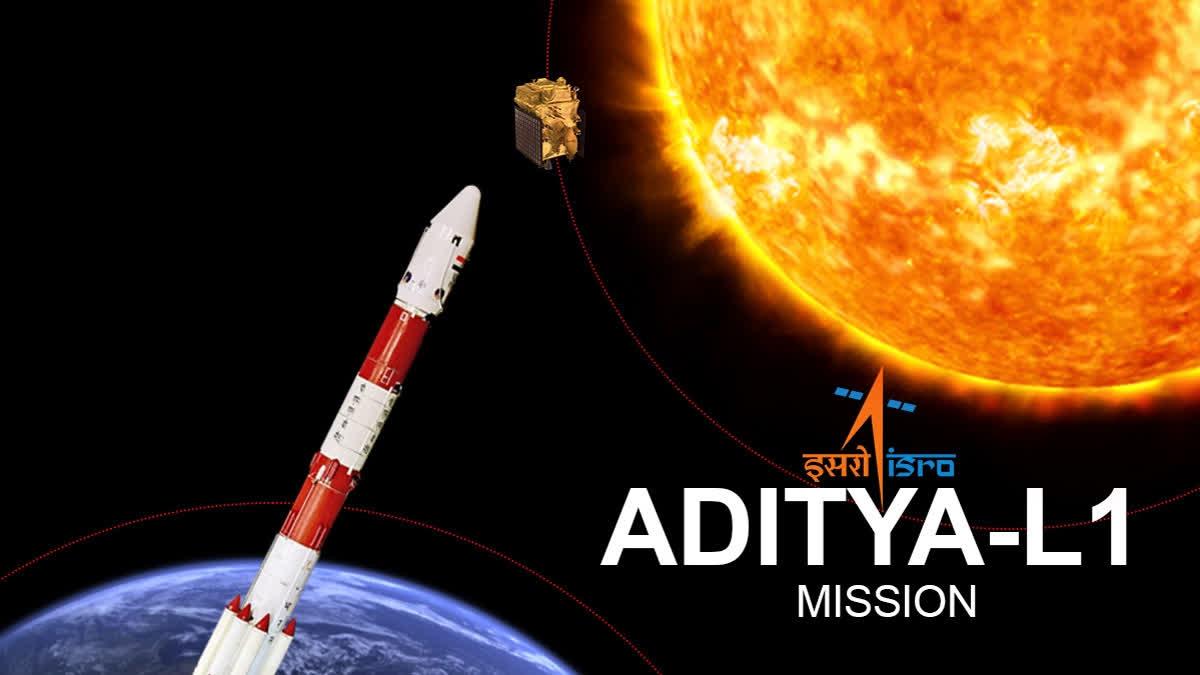The time it takes to reach the Sun depends on a number of factors, including the speed of the spacecraft, the trajectory of the journey, and the gravitational pull of other objects.
The distance from Earth to the Sun is about 149.6 million kilometers (92.96 million miles). The fastest spacecraft ever built, the Parker Solar Probe, can travel at a speed of 430,000 miles per hour (692,017 kilometers per hour). So, at this speed, it would take about 216 hours or 9 days to reach the Sun.
However, the Parker Solar Probe is not designed to travel in a straight line to the Sun. It will make a series of flybys of Venus to gradually increase its speed and get closer to the Sun. It is expected to reach its closest approach to the Sun in 2025, at a distance of only 8.83 million miles (14.2 million kilometers).
If a spacecraft were to travel in a straight line to the Sun, at the speed of the Parker Solar Probe, it would take about 222 days to reach the Sun. However, it is not possible to launch a spacecraft that can travel in a straight line to the Sun, because the Sun is constantly moving. So, the actual travel time would be slightly longer.
In addition to the speed of the spacecraft and the trajectory of the journey, the gravitational pull of other objects can also affect the time it takes to reach the Sun. For example, if a spacecraft were to travel through the asteroid belt, it would have to use its thrusters to avoid colliding with asteroids. This would add to the travel time.
So, the exact time it takes to reach the Sun depends on a number of factors. However, in general, it would take a spacecraft anywhere from a few days to a few months to reach the Sun.
Here are some additional factors that can affect the time it takes to reach the Sun:
- The mass of the spacecraft: A more massive spacecraft will require more fuel to reach the Sun, which will increase the travel time.
- The fuel efficiency of the spacecraft: A spacecraft with a higher fuel efficiency will be able to travel to the Sun with less fuel, which will reduce the travel time.
- The technology used to propel the spacecraft: More advanced propulsion technologies, such as nuclear thermal propulsion, can allow spacecraft to travel to the Sun more quickly.
- The availability of launch windows: Launch windows are periods of time when the Earth and the Sun are in a favorable alignment, which allows spacecraft to travel to the Sun with less fuel.
The time it takes to reach the Sun is a complex issue, and there is no single answer that can be applied to all situations. However, the factors discussed above can give you a general idea of how long it would take to reach the Sun.
The time it takes to reach the Sun depends on a number of factors, including the speed of the spacecraft, the trajectory of the journey, and the gravitational pull of other objects.
The distance from Earth to the Sun is about 149.6 million kilometers (92.96 million miles). The fastest spacecraft ever built, the Parker Solar Probe, can travel at a speed of 430,000 miles per hour (692,017 kilometers per hour). So, at this speed, it would take about 216 hours or 9 days to reach the Sun.
However, the Parker Solar Probe is not designed to travel in a straight line to the Sun. It will make a series of flybys of Venus to gradually increase its speed and get closer to the Sun. It is expected to reach its closest approach to the Sun in 2025, at a distance of only 8.83 million miles (14.2 million kilometers).
If a spacecraft were to travel in a straight line to the Sun, at the speed of the Parker Solar Probe, it would take about 222 days to reach the Sun. However, it is not possible to launch a spacecraft that can travel in a straight line to the Sun, because the Sun is constantly moving. So, the actual travel time would be slightly longer.
In addition to the speed of the spacecraft and the trajectory of the journey, the gravitational pull of other objects can also affect the time it takes to reach the Sun. For example, if a spacecraft were to travel through the asteroid belt, it would have to use its thrusters to avoid colliding with asteroids. This would add to the travel time.
So, the exact time it takes to reach the Sun depends on a number of factors. However, in general, it would take a spacecraft anywhere from a few days to a few months to reach the Sun.
Here are some additional factors that can affect the time it takes to reach the Sun:
- The mass of the spacecraft: A more massive spacecraft will require more fuel to reach the Sun, which will increase the travel time.
- The fuel efficiency of the spacecraft: A spacecraft with a higher fuel efficiency will be able to travel to the Sun with less fuel, which will reduce the travel time.
- The technology used to propel the spacecraft: More advanced propulsion technologies, such as nuclear thermal propulsion, can allow spacecraft to travel to the Sun more quickly.
- The availability of launch windows: Launch windows are periods of time when the Earth and the Sun are in a favorable alignment, which allows spacecraft to travel to the Sun with less fuel.
The time it takes to reach the Sun is a complex issue, and there is no single answer that can be applied to all situations. However, the factors discussed above can give you a general idea of how long it would take to reach the Sun.



